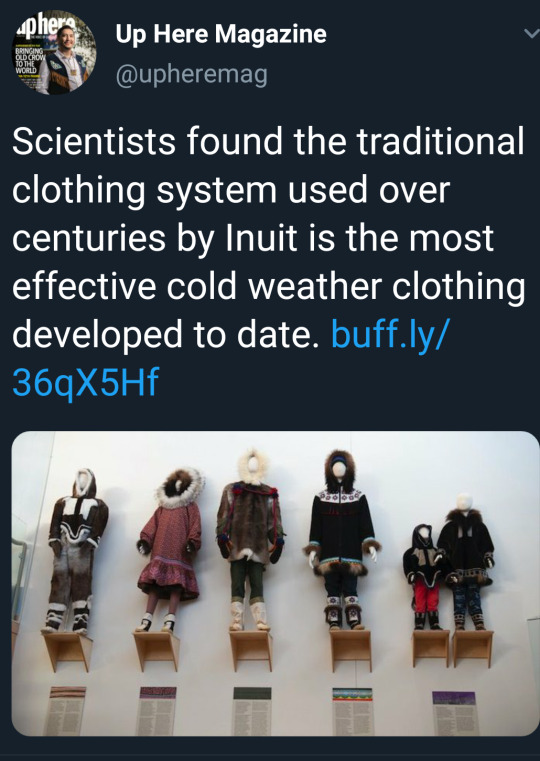I have a habit of deep diving for a couple of hours on topics that turn up in either my dreams, day or otherwise. This is just somewhere to share them with anyone else curious. Stay safe out there.
Don't wanna be here? Send us removal request.
Text
So!! Sorta progress report for the Elder Scrolls ttrpg system I've been working on slowly as a hobby project... it's in a playable state! Not just that, but it has a name (The Elder Scrolls: Prophecies) AND a tiny tiiiiiny bit of page art down. When its fully done and polished up there'll be way more art with the end goal of making it actually look like what an official TES ttrpg could look like. WIP Sneak Peak Below!!



But yea, the end goal is very VERY much to create something that both feels like (in gameplay and aesthetic) elder scrolls. Like the videogames jumping down from the screen and onto the table.
Current playtest rules below, anyone welcome to take a peep - would ADORE feedback if you do look!
185 notes
·
View notes
Text




🌹🌞The Bear King's Wife🌜🥀
I'm releasing my inner furry powers to draw the most handsome, greenflag polar bear king ever 😤🔥
Art for my reimagening of the fairytales Kvitebjørn Kong Valemon and East of the Sun, West of the Moon which I've dreamed of doing for the past 12+ years 😄💖
39 notes
·
View notes
Text








Some inks from Avengers Academy 25! We got to delve into some surreal spooky scenes for this one and I was living!
42 notes
·
View notes
Text
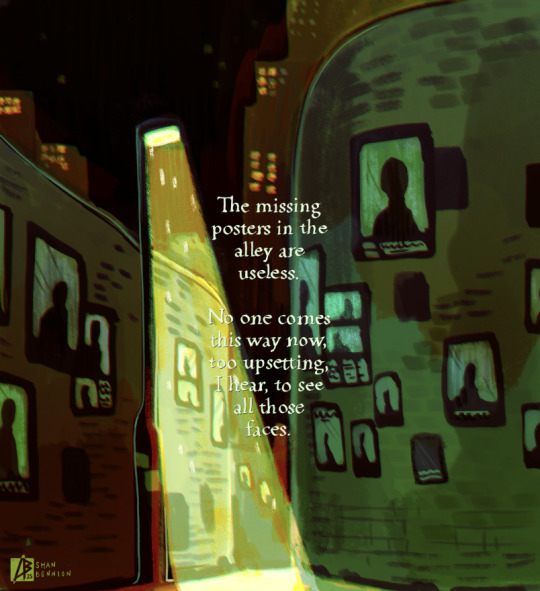
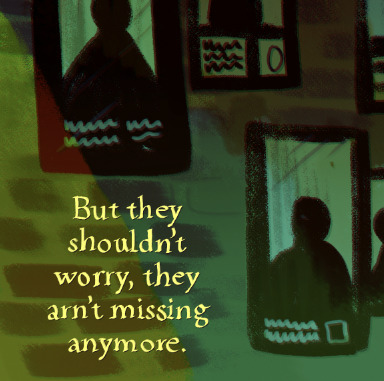
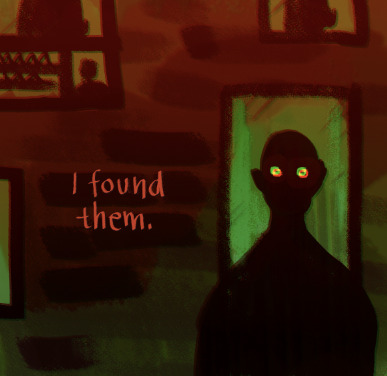
today's warm up: Too many missing posters in this town.
5K notes
·
View notes
Text
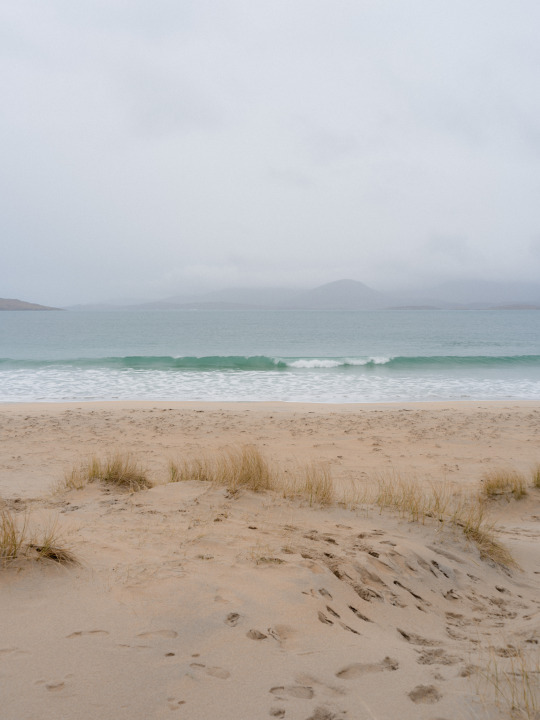



Winter beaches, The Outer Hebrides.
Photographed by Freddie Ardley
10K notes
·
View notes
Text
I love animals that are, like, the opposite of cryptids: we know for a fact they exist and have a clear idea of what they look like because we have photographs and individual specimens, but we haven’t the faintest idea where they’re coming from - they just keep showing up out of nowhere, and the locations of their actual population centres are a complete mystery.
86K notes
·
View notes
Text
My mamaw has the book right now so I won't be able to read it for a little bit but my mom read The Worst Hard Time by Timothy Egan which is about the Dust Bowl and it puts in perspective all the environmental books I was reading from the 1940's and 1950's and the sense of agitation and intensity in them.
Everyone is like yeah yeah the dust bowl we've all heard of it, but the Dust Bowl was apocalyptic. The USA practically eliminated the bison—we are talking thousands of square miles of land littered with bones, enormous pyramids of skulls—and committed genocide against their caretakers, and then settlers ripped up the prairie grasses (which protected meters of top soil) with plows
And what happened was, half the country became in engulfed in horrific dirt storms that turned the sky black and reduced visibility to a few feet. Even indoor environments were full of deep drifts of dirt. When it rained, it rained mud instead of water. In ENGLAND the snow was RED because of DIRT. People died from pneumonia because they were breathing the dirt into their lungs.
Even before mom started reading this book, I was reading American books about the environment from the mid 20th century, and they are animated with the zeal and terror of people who have realized that human mismanagement could make the USA literally uninhabitable. I realized, "Oh. This is right after the Dust Bowl." cause of how they talk about erosion, and I realized just how formative the Dust Bowl was in terms of environmental policy.
Reading about various wildlife species, I realized also how utterly apocalyptic the conditions of the past were for animals. Deer were almost eliminated from my state. Deer.
Why do we have the Migratory Bird Treaty Act? Because just about every large bird species almost went extinct from uncontrolled commercial hunting. We almost had no swans, no cranes, no egrets, no storks. We lost the passenger pigeons and Carolina parakeets, but we could have lost Basically Everything.
So many of the ill-conceived decisions to introduce species to this continent are easily explained by how apocalyptic this period of time was. Why did we think it was a good idea to introduce Kudzu? Because in the 1950's, erosion sparked a visceral apprehension of CERTAIN DOOM, and logging had made the whole southeast start washing away! Why were so many exotic antelopes introduced to Texas? Because every native large animal was almost wiped out!
From my other readings on the subject (Changes in the Land by William Cronon is a good one) devastating environmental destruction started just about as soon as Europeans started controlling the land, and I am guessing that if you examined the timeline of environmental disaster alongside the migrations west, it would support the argument that settlers started pushing west more and more rapidly because of land degradation and environmental disaster.
I wish this was commoner knowledge, getting to where we are now has been a journey. Environmental history doesn't start in 1970's.
It is not the case that things have steadily gotten worse over time and recently are becoming extremely bad, rather, different parts of the environment have become both better and worse in steps forward and backward, and many seemingly unremarkable things around us were earned by a vicious fight, which we can learn from and continue...
6K notes
·
View notes
Text





bl webcomic about long-suffering cursed knight being forced to deal with sinister and wicked blondes coming xx/xx/2025
6K notes
·
View notes
Text
thinking about that kakapo egg that got crushed but the conservation team patched it up and it survived
150K notes
·
View notes
Text
i simply think if you are aware you accidentally create misinformation online the least you should do is lock the post with misinformation so it cant get thousands of reblogs from people who wont fact check it lol
16K notes
·
View notes
Text
47K notes
·
View notes
Text
One of my favorite historical tidbits is that Arab traders, for centuries, fooled Europeans into thinking cinnamon came from a rare, vicious and fearsome cinnamon bird.
The belief was so prevalent, in fact, that the mythical cinnamon bird shows up in the writings of Herodotus and Aristotle, all the way into medieval European manuscripts where it’s illustrated in all its fierce, cinnamony glory:


Pliny the Elder expressed skepticism of the bird in his writings, rightly assuming that it was a tale invented to keep control on the trade and prices by reducing competition, but the belief was already so widespread that it persisted in many areas into the early 1300’s.
20K notes
·
View notes

